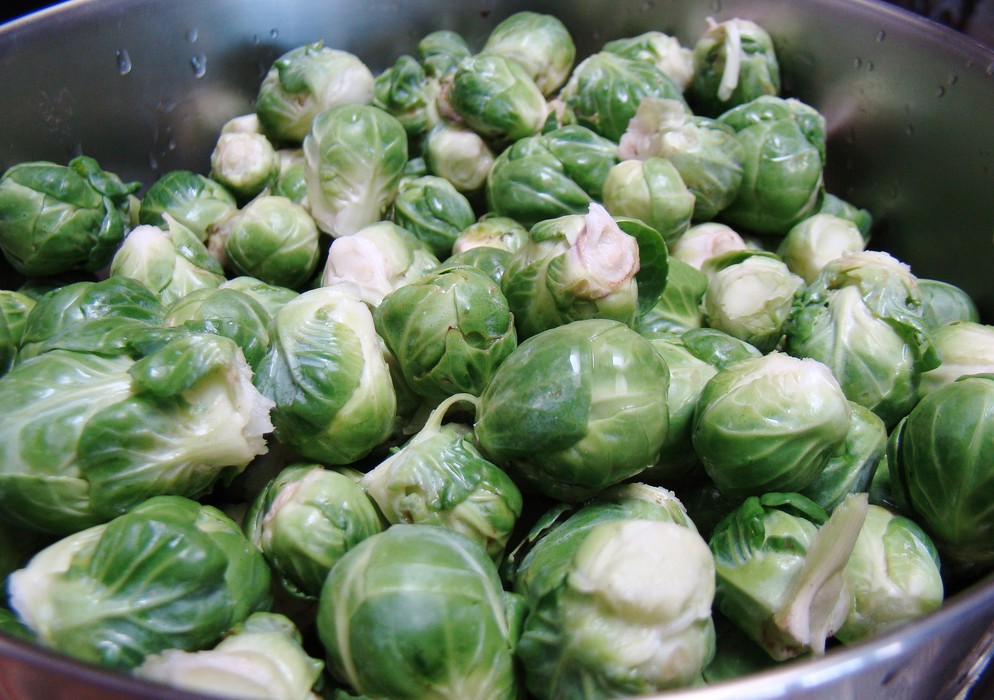
Brussels sprouts
Brussels sprouts are the vegetable that millions of people in North America and the UK love to hate. Bitter, stinky, and flatulence-inducing, these tiny cabbages are actually a terrific source of essential nutrients. Sulfur, the chemical that makes these sprouts so malodorous, is essential for the creation of proteins in the skin and the immune system. Glucosinolates, plant chemicals are are actually enhanced by cooking, fight various forms of cancer. And the fiber in Brussels sprouts, in one clinical trials, lowered cholesterol levels by 27%. That is not as much as statin drugs, but far more than can be expected from diet. Just avoid eating Brussels sprouts raw because of their effect on the thyroid's ability to absorb iodine when consumed without cooking.
- Important notification about information and brand names used in this slideshow!
- Photo courtesy of Janet Hudson by Flickr : www.flickr.com/photos/veganfeast/3665926988/
- de Groot AP, Willems MI, de Vos RH. Effects of high levels of brussels sprouts in the diet of rats. Food Chem Toxicol. 1991 Dec. 29(12):829-37.
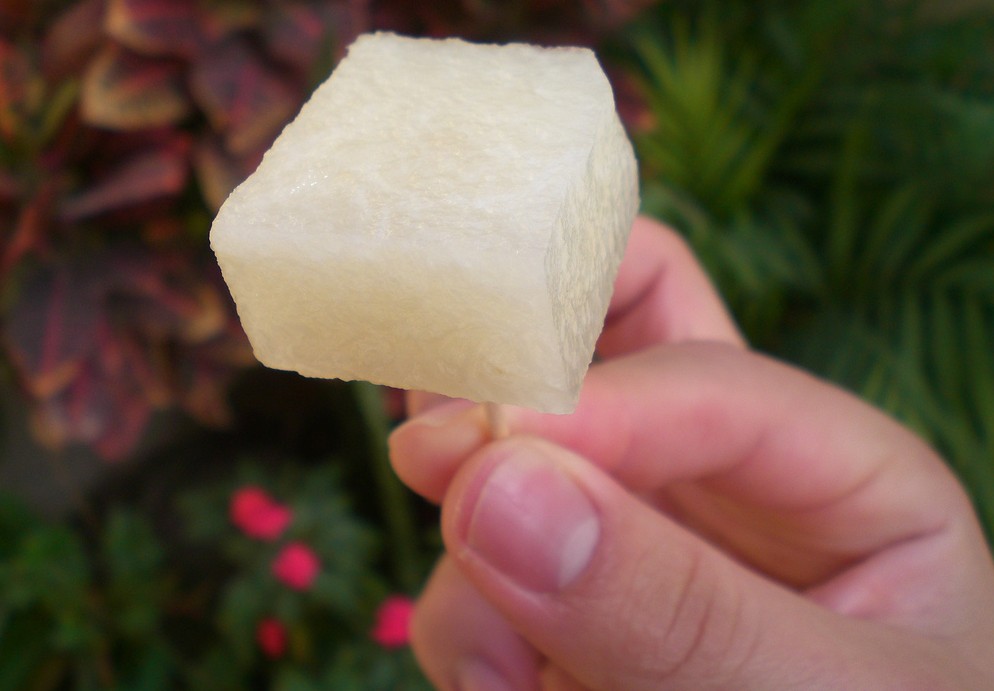
Jicama
In Mexico, in Central America, and in Texas, it is not unusual to see people snacking on what looks like raw potato, but is actually slices of the raw root vegetable jicama (pronounced hih-ka-ma). A member of the Bean Family, jicama produces poisonous pods, but also an edible tuber. There is a "milky" jicama root that produces a milk-like sap, but the "clear" jicama is preferred for salads and snacking. A single serving of jicama provides more vitamin C than an orange, along with a surprisingly large amount of beta-carotene and potassium. This root vegetable also stimulates the immune system to fight viral infections.
- Important notification about information and brand names used in this slideshow!
- Photo courtesy of Eliazar Parra Cardenas by Flickr : www.flickr.com/photos/eliazar/353997198/
- Kumalasari ID, Nishi K, Harmayani E, Raharjo S, Sugahara T. Immunomodulatory activity of Bengkoang (Pachyrhizus erosus) fiber extract in vitro and in vivo. Cytotechnology. 2013 Jan 30. [Epub ahead of print].
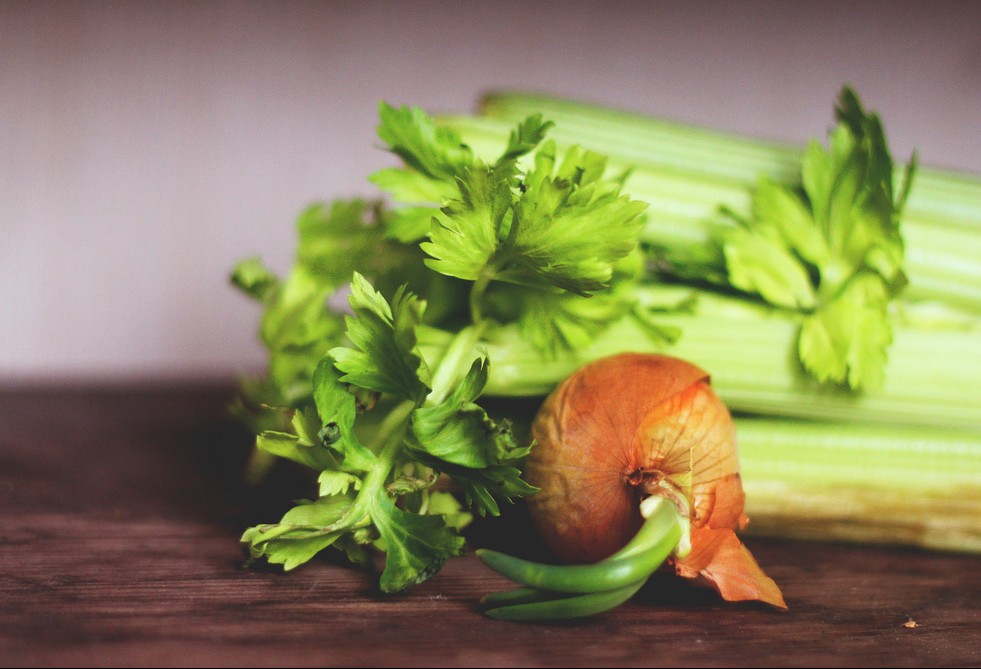
Celery
In the 1980's, in the USA, celery was a popular diet food, thought to stimulate loss of water weight and to lower blood pressure. Thirty years later, scientists have confirmed that celery actually does help you lose weight and keep your blood pressure down, and the high pH of celery juice also helps control certain kinds of bacteria in the urinary tract. European scientists have also found that celery and celery juice help counteract the more destructive effects of the anti-cancer drug doxorubicin (Adriamycin). In North America, most people eat celery stalks, leaves, and seeds, but in Europe, the root, known as celeriac, is more popular.
- Important notification about information and brand names used in this slideshow!
- Photo courtesy of Anastasia R by Flickr : www.flickr.com/photos/anastasyar/7081749139/
- Horsch AM, Sebranek JG, Dickson JS, Niebuhr SE, Larson EM, Lavieri NA, Ruther BL, Wilson LA. The effect of pH and nitrite concentration on the antimicrobial impact of celery juice concentrate compared with conventional sodium nitrite on Listeria monocytogenes.Meat Sci. 2013 Aug 3. 96(1):400-407. doi: 10.1016/j.meatsci.2013.07.036. [Epub ahead of print] PMID: 23973624.
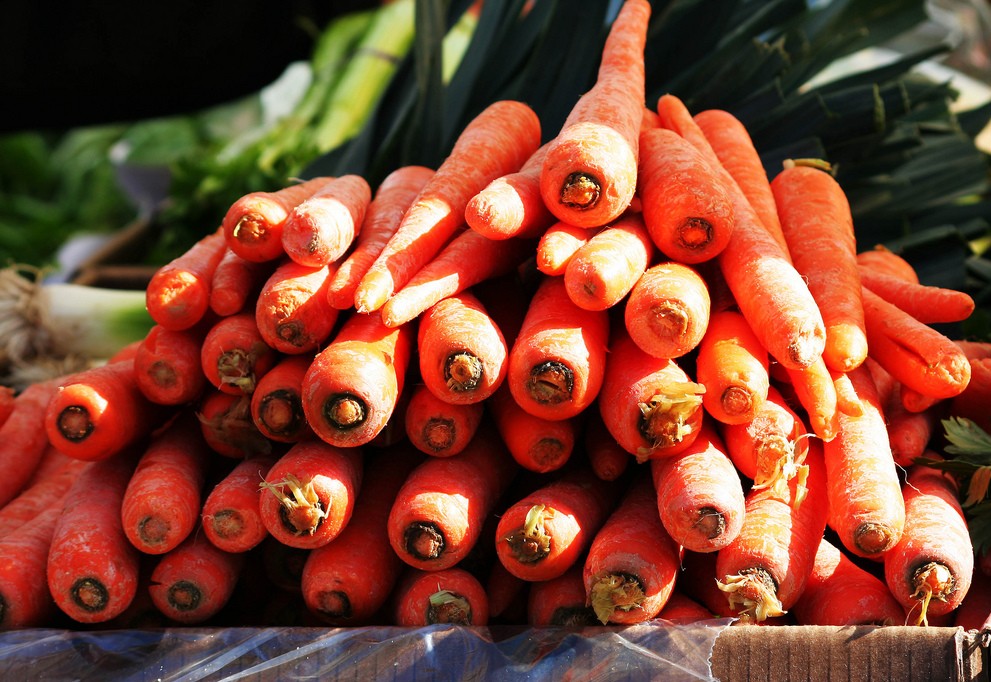
Carrots
Carrots come in many colors, the usual orange, as well as white, yellow, and purple. The best vegetable source of the antioxidant beta-carotene, which is even more concentrated in dried or cooked carrots than fresh, carrots also provide useful nutrients such as potassium. The mineral content of carrots makes them useful in counteracting the health effects of salty and salted foods. Carrots in soups reduce the effects of salt, and carrots in sausages reduce the effects of nitrites. People previously exposed to asbestos who eat more carrots--even just one serving a month--have lower rates of an aggressive kind of cancer called mesothelioma, and carrots also seem to protect against breast cancer and osteoporosis. Just one serving, about 3-1/2 oz or 100 grams, once a week is enough for a protective benefit.
- Important notification about information and brand names used in this slideshow!
- Photo courtesy of John Morgan by Flickr : www.flickr.com/photos/aidanmorgan/2256197976/
- Alarcón-Flores MI, Romero-González R, Martínez Vidal JL, Egea González FJ, Garrido Frenich A. Monitoring of phytochemicals in fresh and fresh-cut vegetables: A comparison. Food Chem. 2014 Jan 1. 142:392-9. doi: 10.1016/j.foodchem.2013.07.065. Epub 2013 Jul 24.
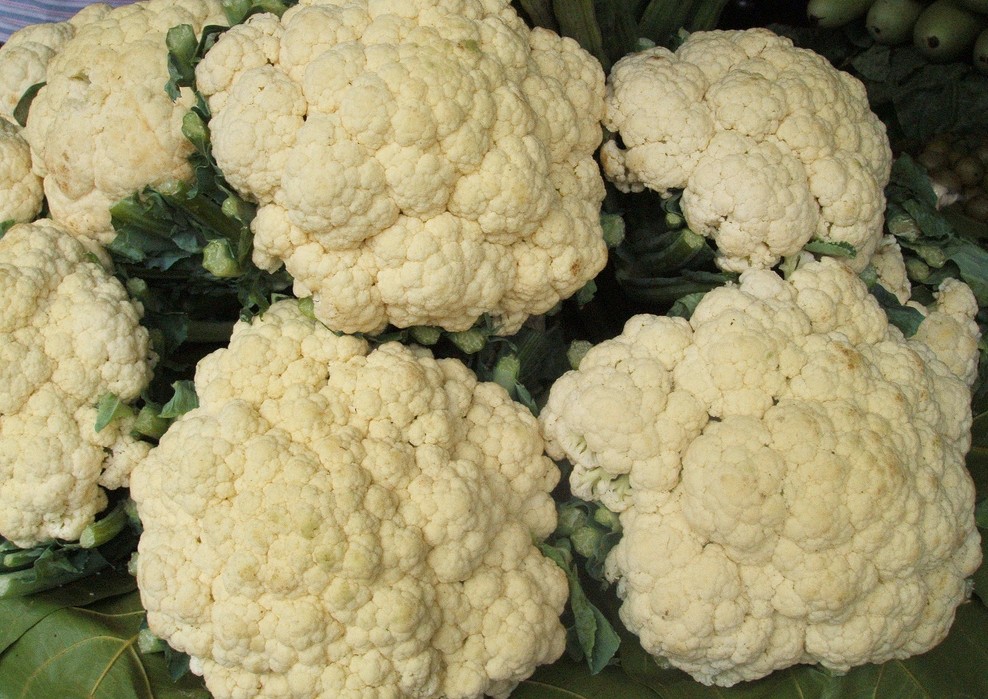
Cauliflower
Cauliflower, Brussels sprouts, white cabbage, and kale are actually very different strains of the same vegetable, Brassica oleracea. These familiar garden vegetables can interbreed with each other and produce new and interesting forms, such as the purple cauliflower that has some of the same kinds of plant chemicals found in purple berries and fruits. Like other cabbages, cauliflower contains glucosinolates, which counteract the harmful effects of excessive estrogen and prevent the migration of cancer cells from tumors. It's a good idea to avoid eating raw cauliflower or raw cabbages of any kind on a regular basis because the glucosinolates can interfere with the thyroid's ability to absorb iodine, needed to make thyroid hormone.
- Important notification about information and brand names used in this slideshow!
- Photo courtesy of shankar s. by Flickr : www.flickr.com/photos/shankaronline/7637731570/
- Aires A, Fernandes C, Carvalho R, Bennett RN, Saavedra MJ, Rosa EA. Seasonal effects on bioactive compounds and antioxidant capacity of six economically important brassica vegetables.Molecules. 2011 Aug 10. 16(8): 6816-32. doi: 10.3390/molecules16086816. PMID: 21832972.
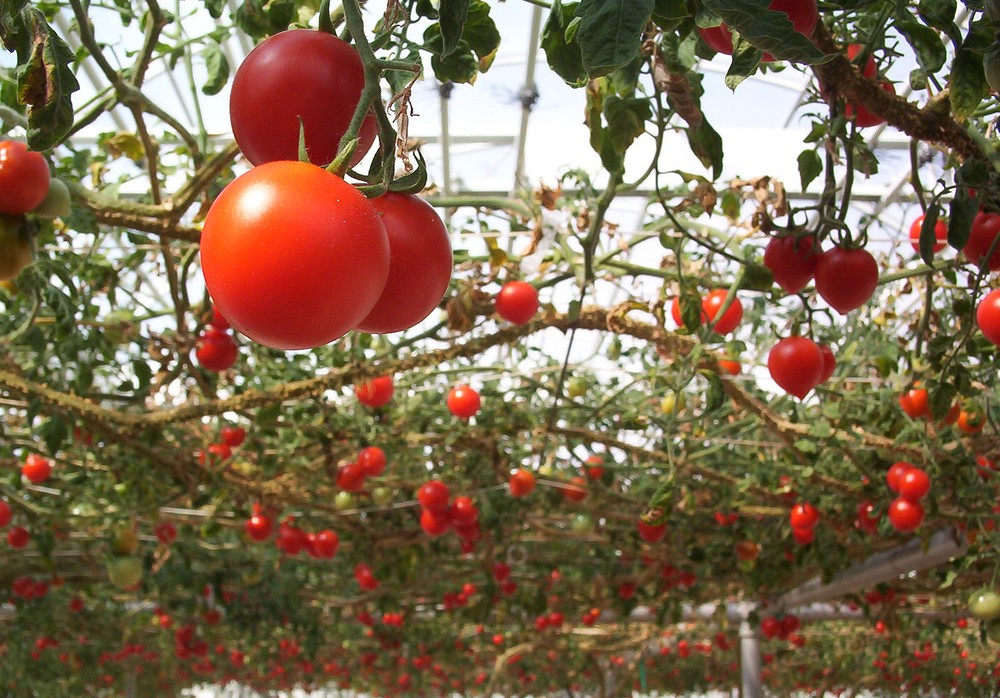
Tomatoes
Once known as the "love apple" of the nightshade plant, tomatoes were once regarded as a poison--for unwary lovers--rather than as a vegetable. While the leaves and stems of the tomato plant actually are poisonous, the fruit is not. In fact, it is one of the best sources of a useful plant chemical called lycopene, which is useful for maintaining prostate health in men and eye health in both sexes. The best way to get lycopene into your diet is adding cooked, not raw, tomatoes. Cooking tomatoes breaks down the fibrous sacs that hold lycopene that otherwise would not be digested. It also helps to eat tomatoes with just a little oil or fat to help the small intestine absorb the lycopene, as little as 5 grams (1 teaspoon) is enough.
- Important notification about information and brand names used in this slideshow!
- Photo courtesy of Ben Ostrowsky by Flickr : www.flickr.com/photos/sylvar/112595227/
- Etminan M, Takkouche B, and Caamano-Isorna F. The role of tomato products and lycopene in the prevention of prostate cancer: a meta-analysis of observational studies. Cancer Epidemiol Biomarkers Prev. 2004 Mar. 13(3): 340-5. 2004. 2004.
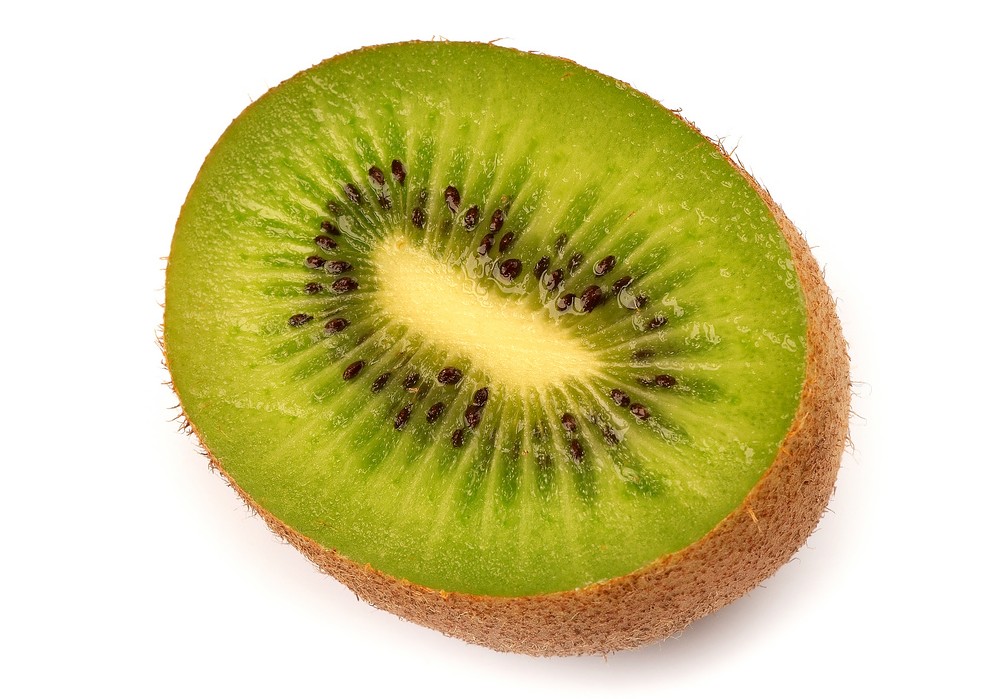
Kiwis
Known in botany as Actinidia and in herbal medicine as the Chinese gooseberry, the kiwi fruit was named in the 1960's by an exporter in New Zealand who wanted to distinguish the fruit from New Zealand from fruit grown in China. This tasty green fleshed and black seeded fruit with the hairy brown coat was once used in Chinese herbal medicine to sweeten formulas designed to stop sweating and to treat "flabby" obesity. There is good scientific evidence that eating kiwi fruit can help control allergies and asthma, especially in children, and that it may be associated with lower rates of rheumatoid arthritis and macular degeneration in adults over 65. About a kiwi a day is optimal.
- Important notification about information and brand names used in this slideshow!
- Photo courtesy of Luc Viatour by Flickr : www.flickr.com/photos/luc_viatour/2845220864/
- Cho E, Seddon JM, Rosner B, Willett WC, Hankinson SE. Prospective study of intake of fruits, vegetables, vitamins, and carotenoids and risk of age-related maculopathy. Arch Ophthalmol. 2004 Jun. 122(6): 883-92. 2004. PMID: 15197064.
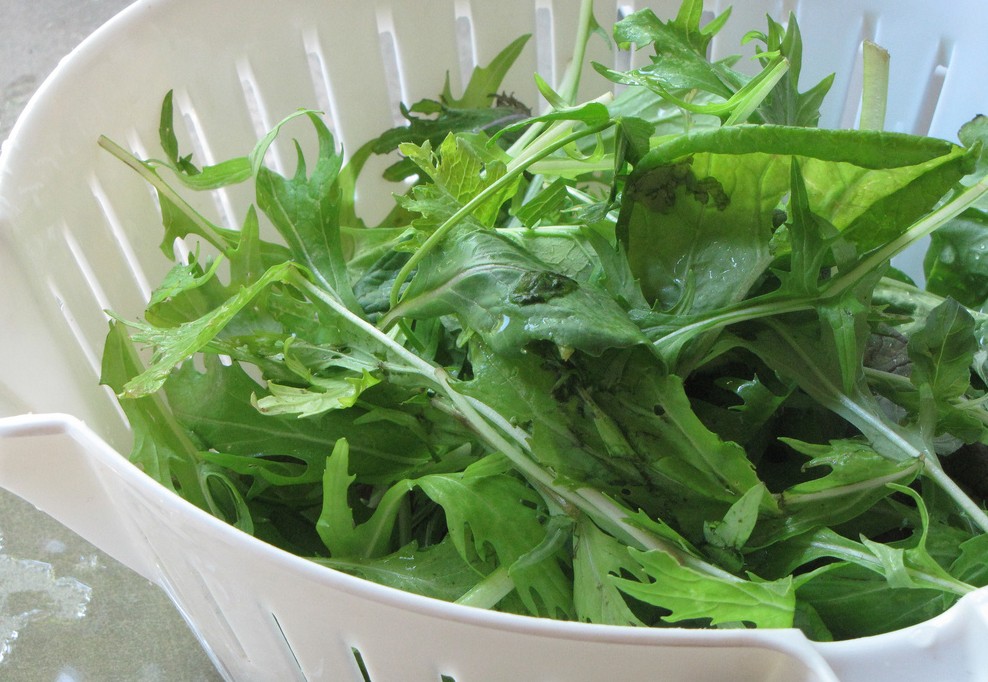
Lettuce
Most of us don't think of lettuce as a health food, but it actually is. Lettuce is one of the best plant sources of vitamin K1, which the body uses to make clotting factors and to create the hormones needed to draw minerals into bone. Lettuce is also a terrific source of the antioxidant quercetin, which stops allergic and inflammatory reactions all over the body, and it's a good source of the eye health nutrients lutein and zeaxanthin. Lettuce increases its antioxidant content when it is torn--while it is being prepared on a well-lit counter. It loses its antioxidant content if it is torn or shredded and then stored in the refrigerator in the dark.
- Important notification about information and brand names used in this slideshow!
- Photo courtesy of Jay Davis by Flickr : www.flickr.com/photos/birdman/5895139972/
- Collins A, Cashman KD, Kiely M.Collins A, Cashman KD, Kiely M. Int J Vitam Nutr Res. 2006 Nov. 76(6):385-90.
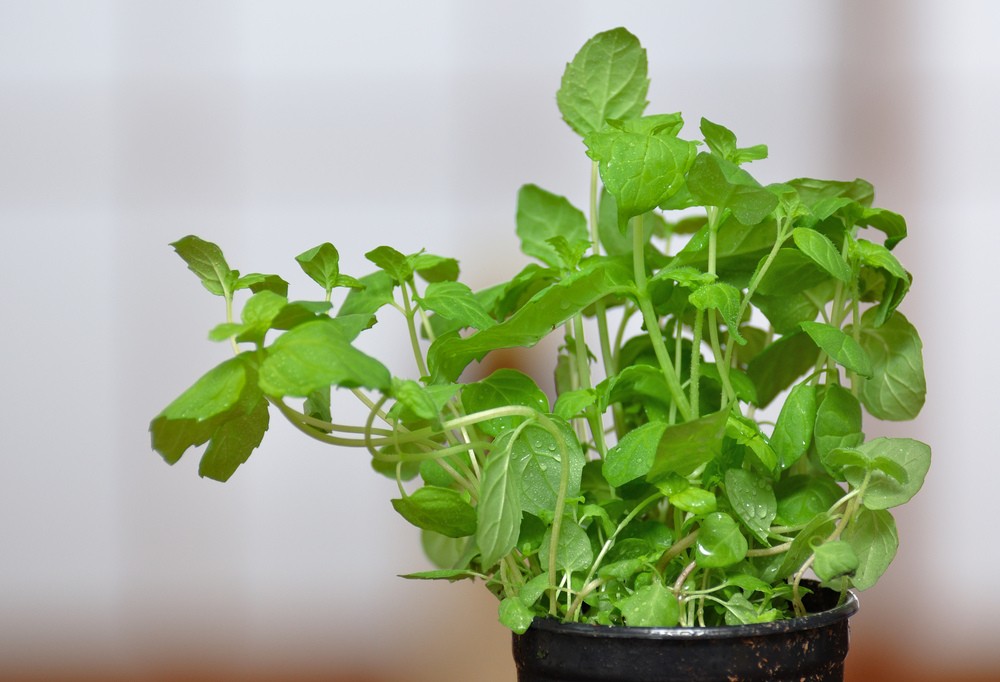
Mint
Mint is an essential ingredient in Middle Eastern cuisine. It's impossible to make a tasty tabbouleh without the addition of fresh mint. In addition to its refreshing flavor, mint has been traditionally used for gentle whitening of the teeth, soothing digestive upsets, controlling dandruff, and relieving the congestion and runny nose caused by the common cold. Mint also freshens the breath--although for best results rinse the mouth with water to remove odor-causing food particles and brush and floss before using mint. Essential oils of mint are for external use only. It's OK to dab a little mint or peppermint oil on your hand or on your forehead, but these oils are too strong to take by mouth.
- Important notification about information and brand names used in this slideshow!
- Photo courtesy of yoppy by Flickr : www.flickr.com/photos/spilt-milk/5974262259/
- 19 November, 2008 (2008-11-19). Uses of Mint - Benefits - Mint Properties - Cure Stomach Aches | Home Remedies, Natural Remedy. Natural-homeremedies.org. Retrieved 2013-12-08.
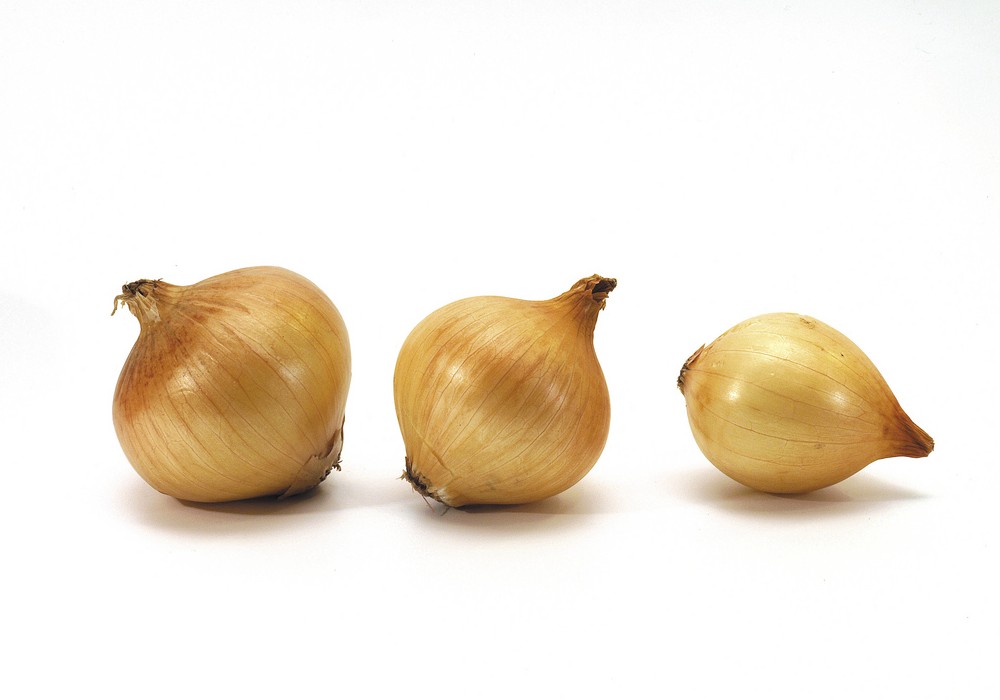
Onions
While chopping onions makes most people tear, this versatile vegetable is also (along with apples and grapefruit) one of the best sources of the allergy-fighting phytochemical quercetin. People who eat more onions tend to have fewer allergies and less asthma. Shallots have an especially high quercetin content, while Vidalia onions contain only about 15% as much. In addition to quelling allergies, quercetin is also anti-inflammatory and lowers cholesterol. It's important to know that while onions are good for people, they can be poisonous for pets. Dogs, cats, hamsters, guinea pigs, monkeys and chimpanzees should never be fed onions, raw or cooked, even in small amounts.
- Important notification about information and brand names used in this slideshow!
- Photo courtesy of Dubravko Sorić by Flickr : www.flickr.com/photos/11939863@N08/3794106676/
- Mower, Chris. "The Difference between Yellow, White, and Red Onions". The Cooking Dish. Accessed 7 December 2014.


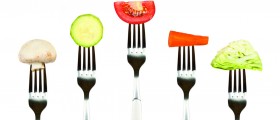
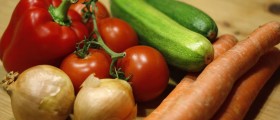
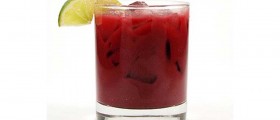

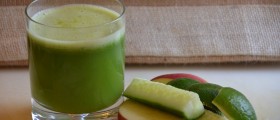
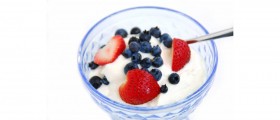
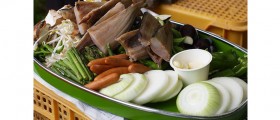
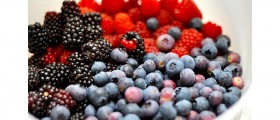
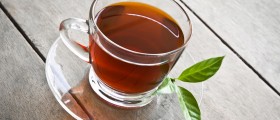
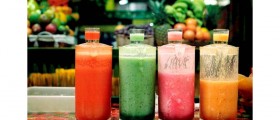


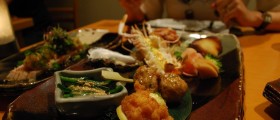
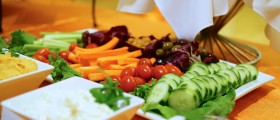
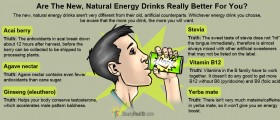
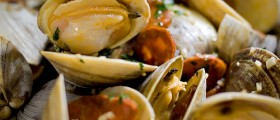

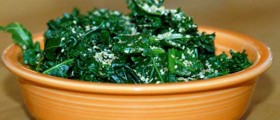
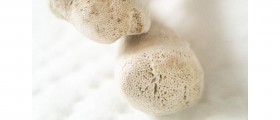

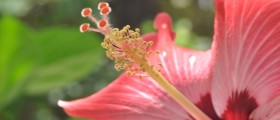


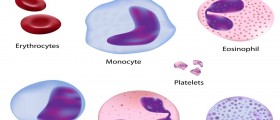
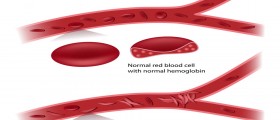
Your thoughts on this
Loading...